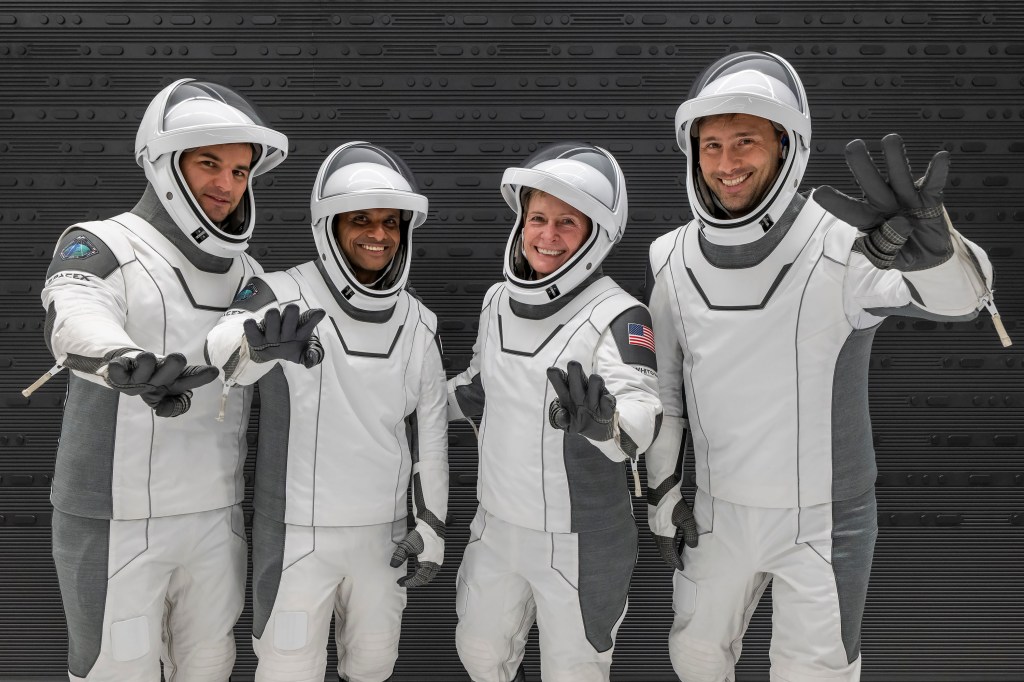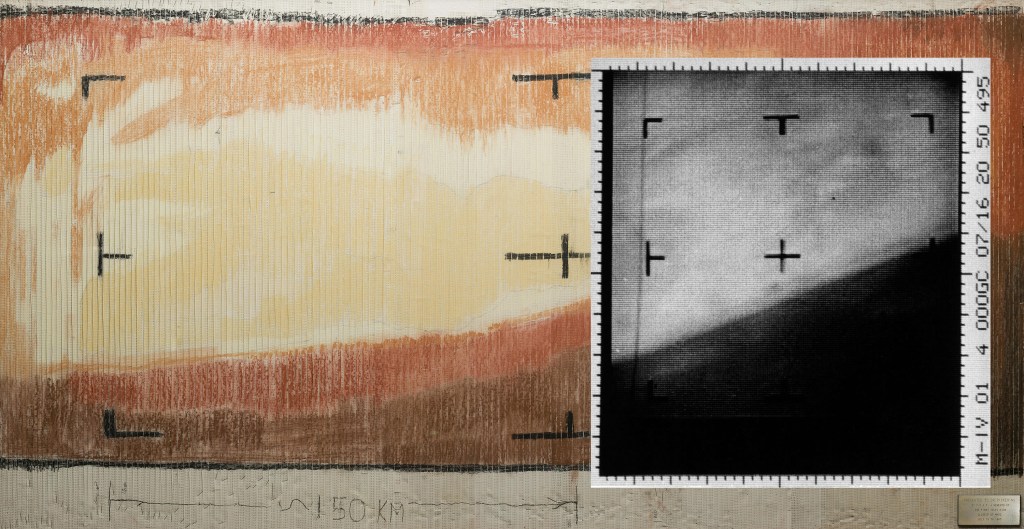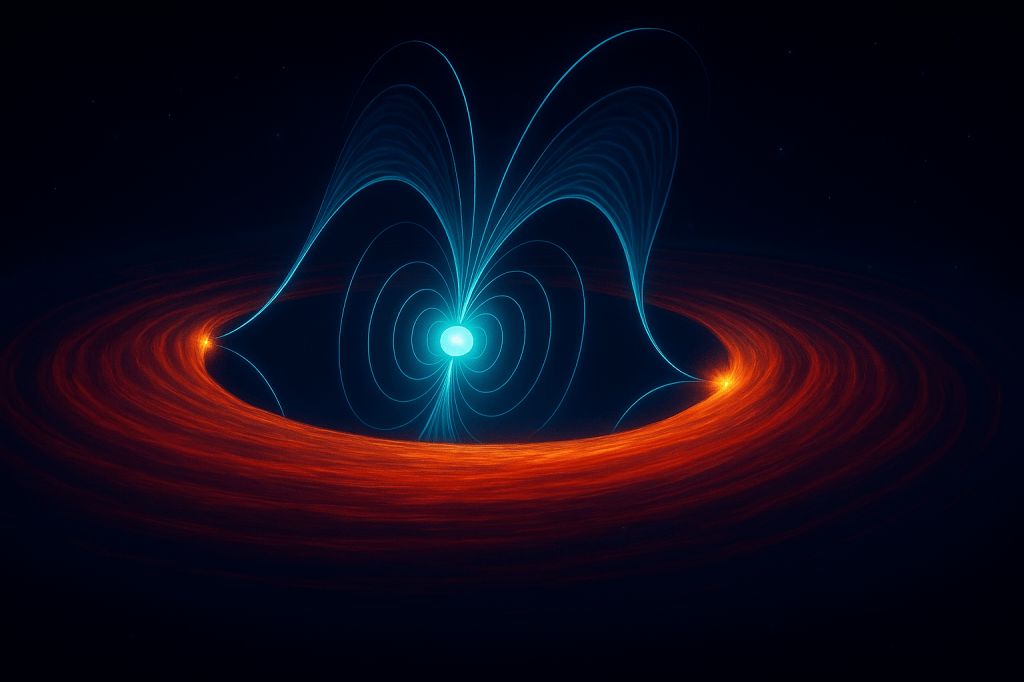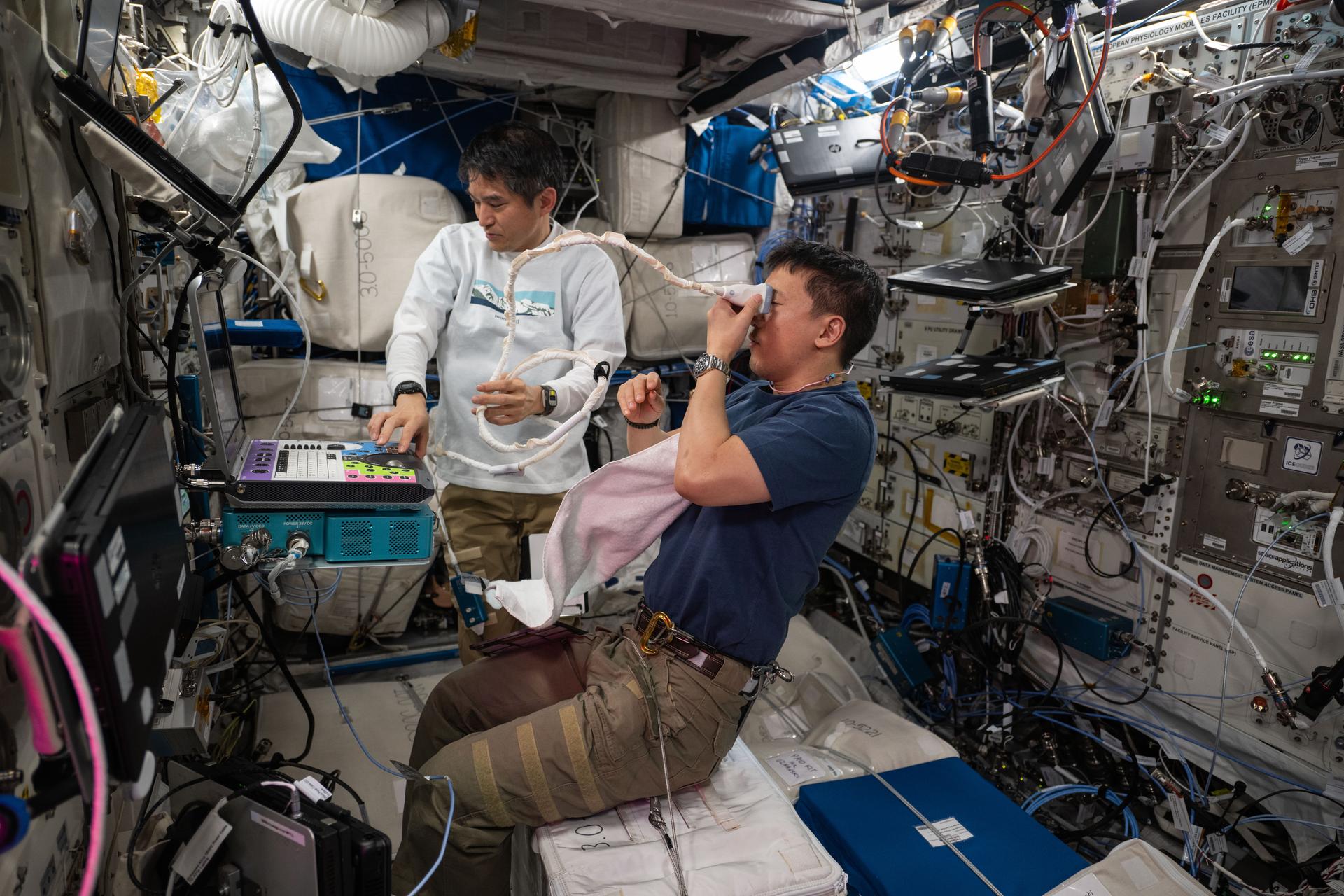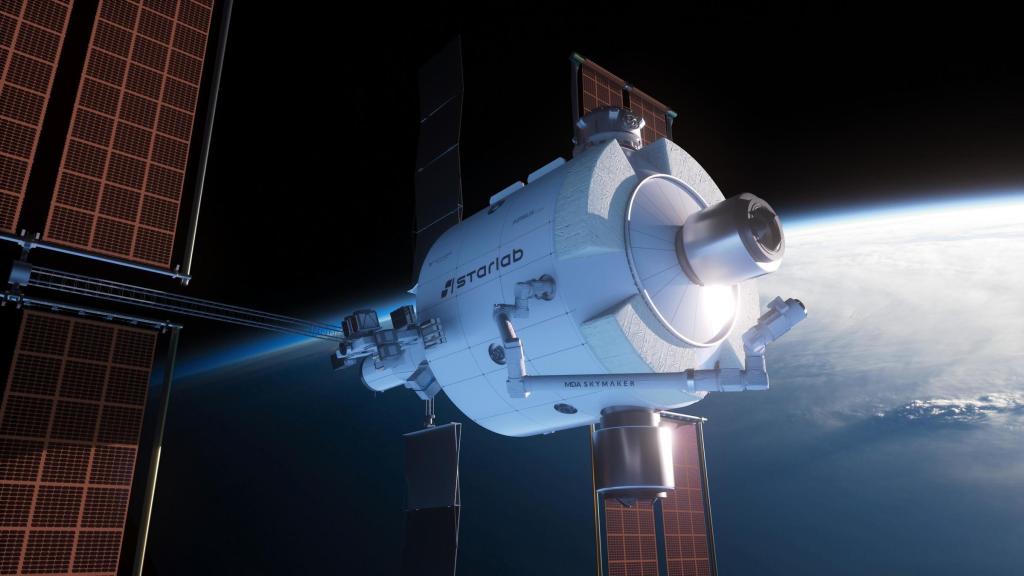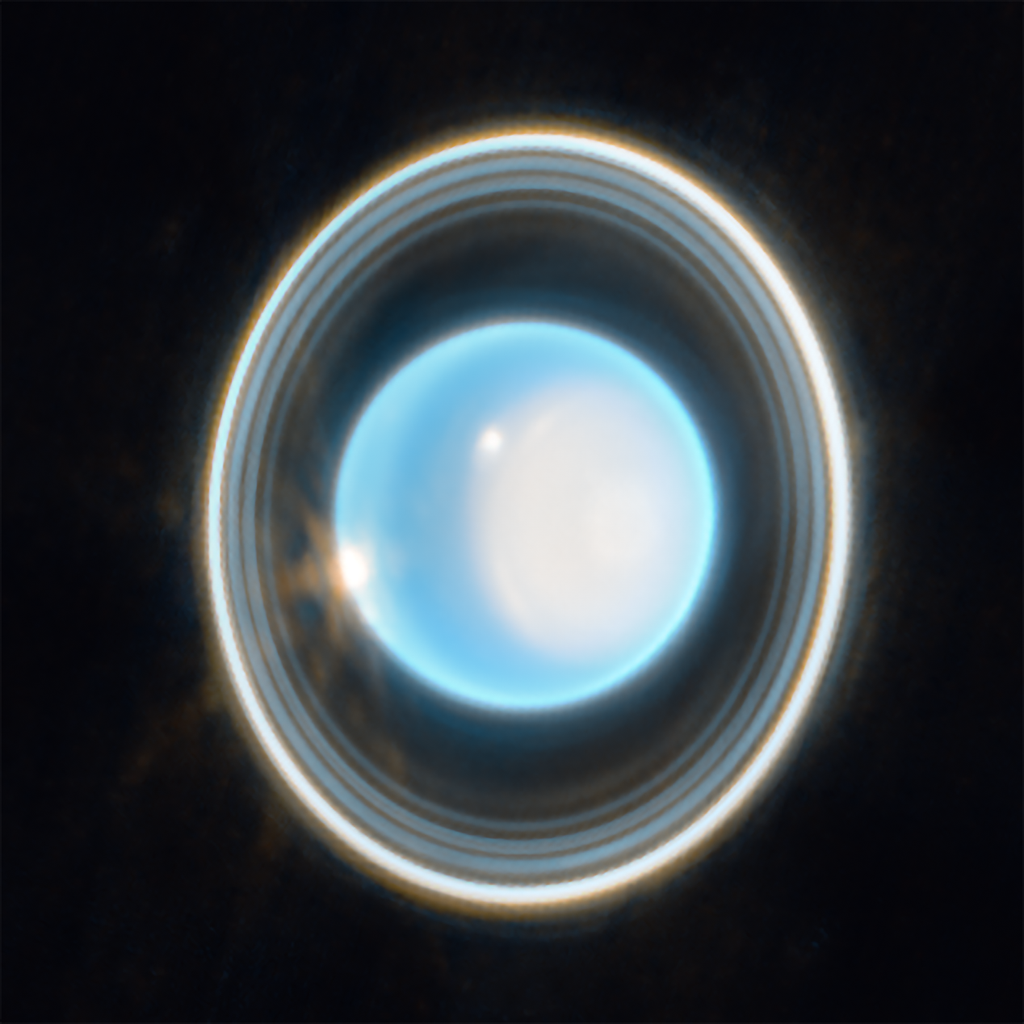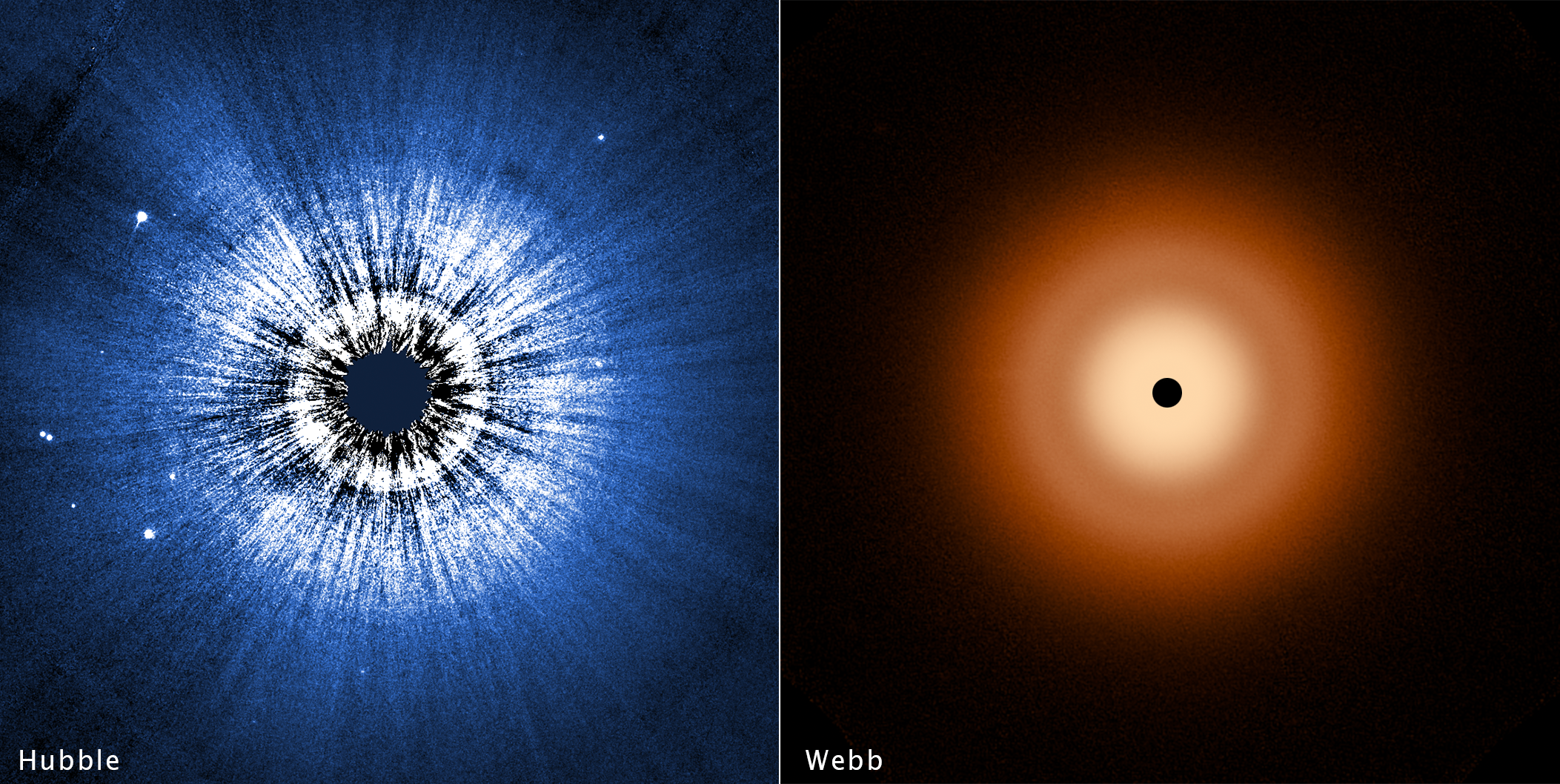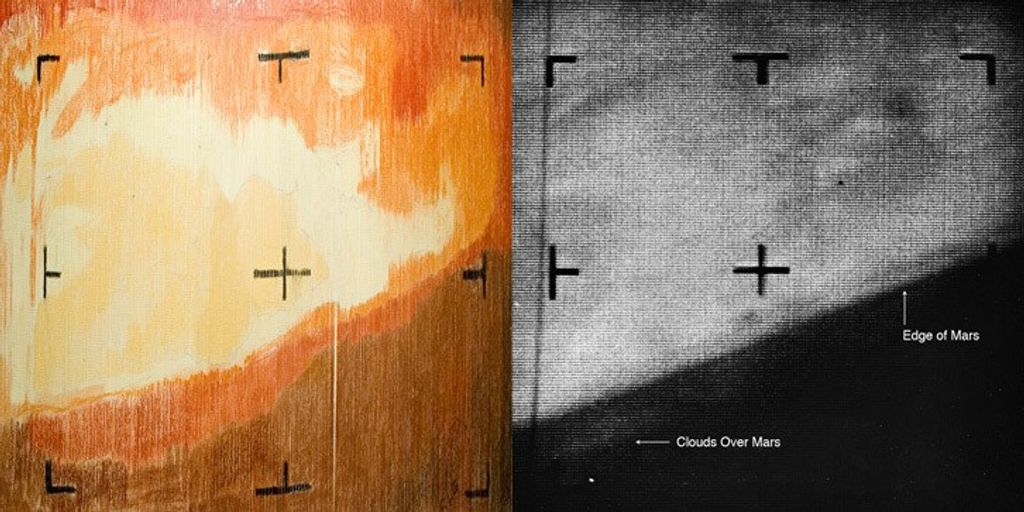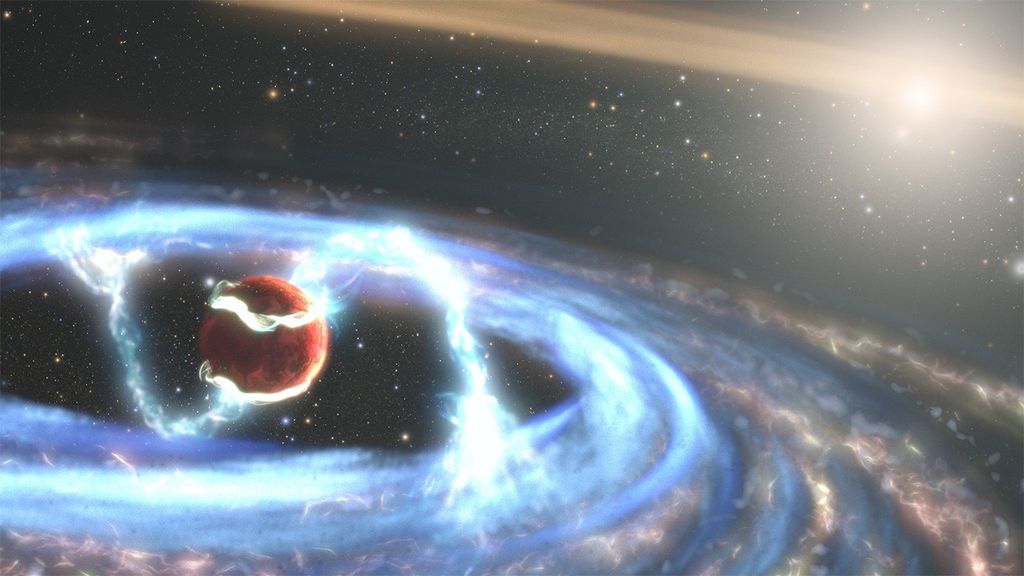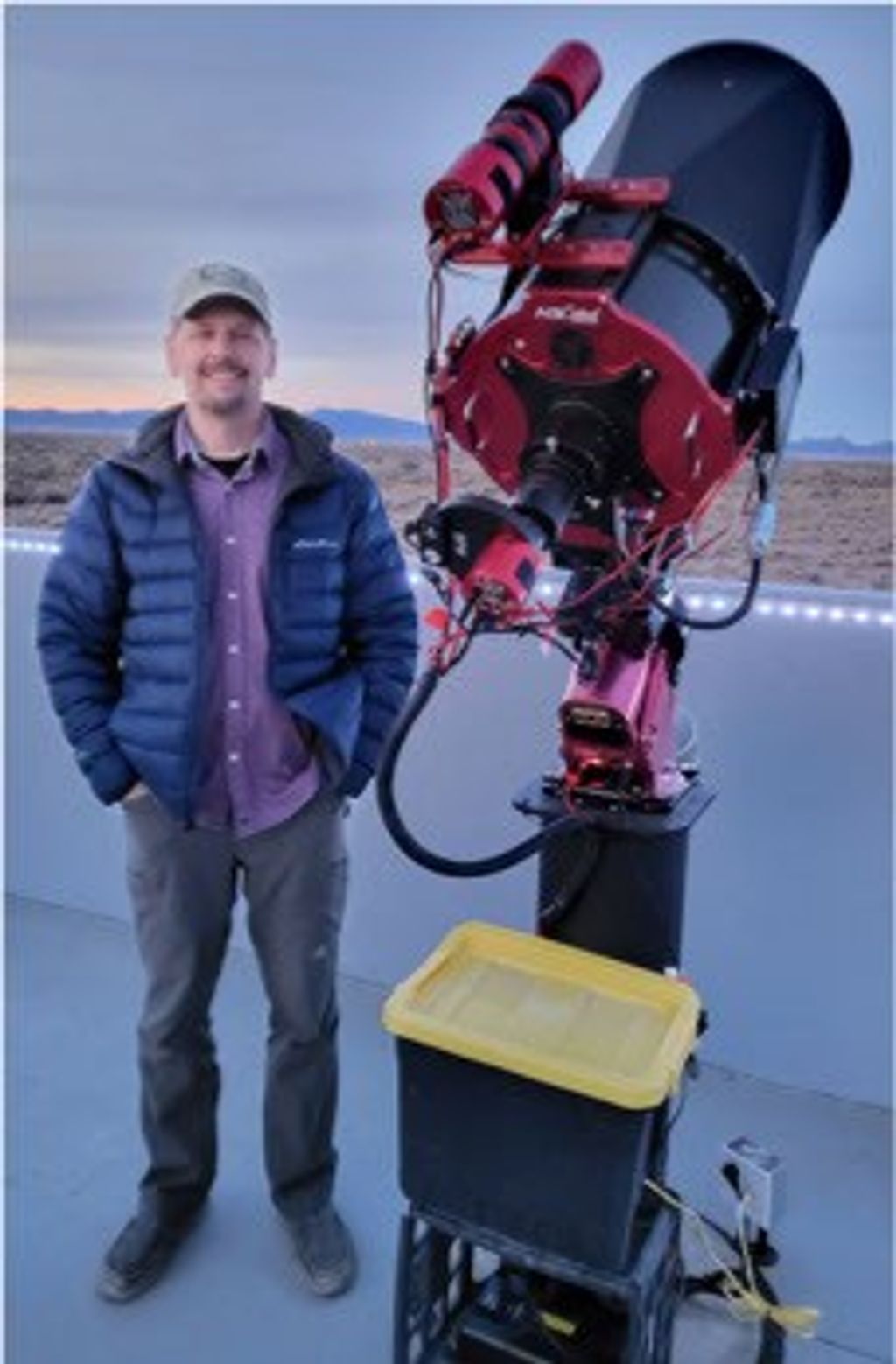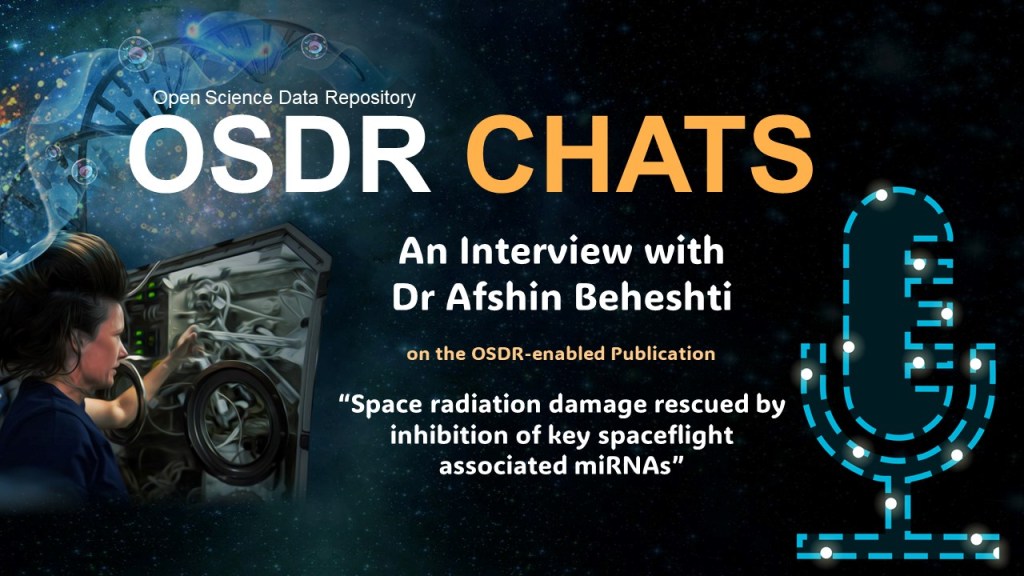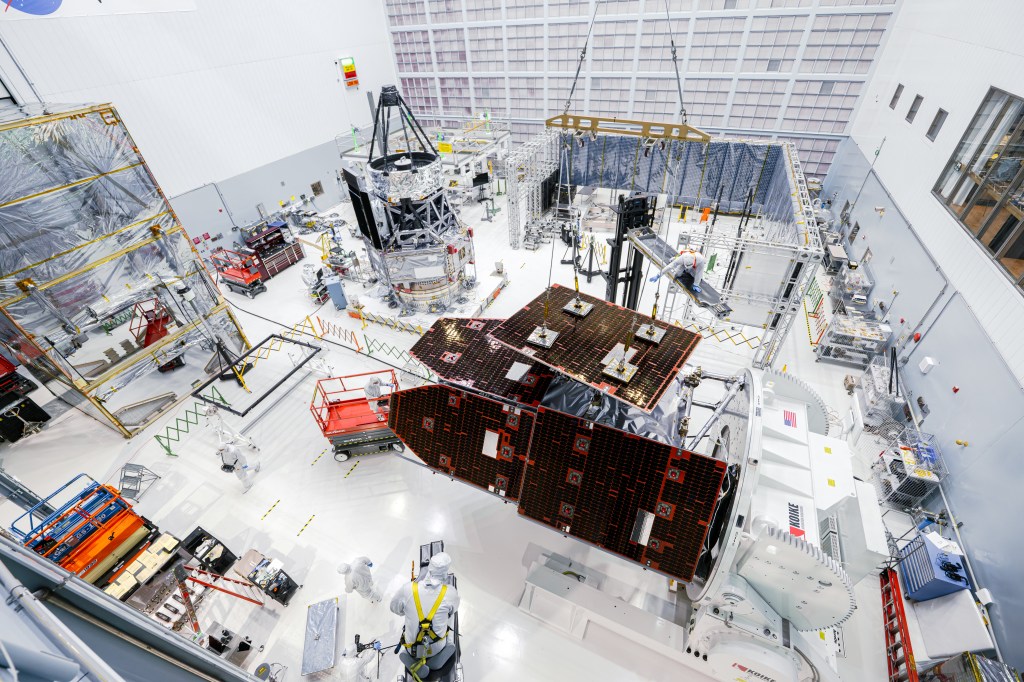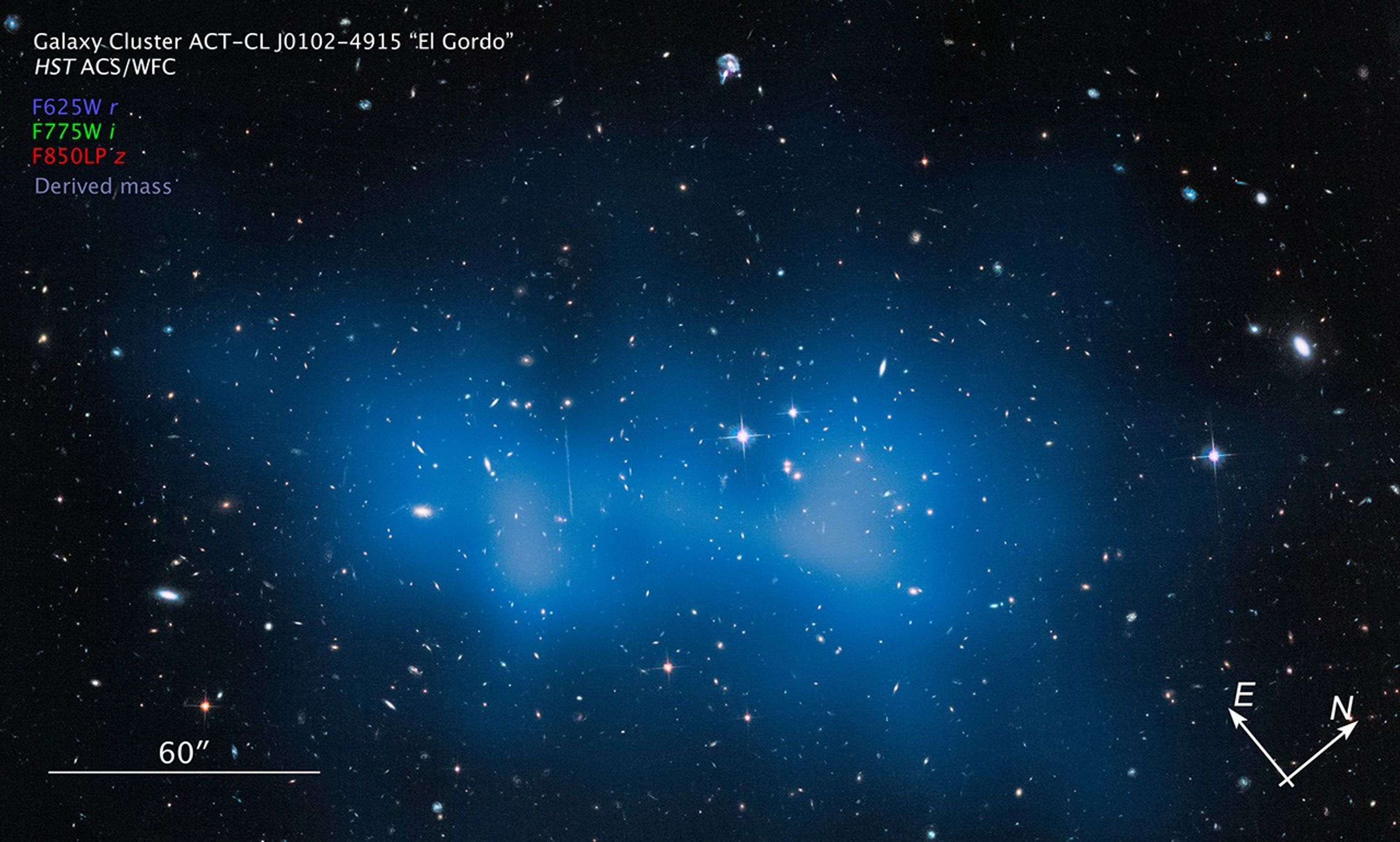1 min read
‘El Gordo’ (Hubble ACS/WFC)

About the Object
- R.A. PositionR.A. PositionRight ascension – analogous to longitude – is one component of an object's position.01h 2m 52.99s
- Dec. PositionDec. PositionDeclination – analogous to latitude – is one component of an object's position.-49° 15' 19.01"
- ConstellationConstellationOne of 88 recognized regions of the celestial sphere in which the object appears.Phoenix
- DistanceDistanceThe physical distance from Earth to the astronomical object. Distances within our solar system are usually measured in Astronomical Units (AU). Distances between stars are usually measured in light-years. Interstellar distances can also be measured in parsecs.9.7 billion light-years (3 billion parsecs)
About the Data
- Data DescriptionData DescriptionProposal: A description of the observations, their scientific justification, and the links to the data available in the science archive.
Science Team: The astronomers who planned the observations and analyzed the data. "PI" refers to the Principal Investigator.The Hubble data are from proposal 12755: J. Hughes (Rutgers University), F. Menanteau (Rutgers University/University of Illinois, Urbana-Champaign), L. Infante and L.F. Barrientos (Ponticia Universidad Catolica de Chile), and R. Mandelbaum (Carnegie Mellon University), and archival data from proposal 12477: F. High (University of Chicago) et al. - InstrumentInstrumentThe science instrument used to produce the data.HST>ACS/WFC
- Exposure DatesExposure DatesThe date(s) that the telescope made its observations and the total exposure time.September - October, 2012
- FiltersFiltersThe camera filters that were used in the science observations.F606W ((V), F625W (r), F775W (i), F814W (I), and F850LP (z)
- Object NameObject NameA name or catalog number that astronomers use to identify an astronomical object.El Gordo, ACT-CL J0102-4915
- Object DescriptionObject DescriptionThe type of astronomical object.Galaxy Cluster
- Release DateApril 3, 2014
- Science ReleaseHubble Finds That Monster ‘El Gordo’ Galaxy Cluster Is Bigger Than Thought
- CreditNASA, ESA, J. Jee (University of California, Davis), J. Hughes (Rutgers University), F. Menanteau (Rutgers University and University of Illinois, Urbana-Champaign), C. Sifon (Leiden Observatory), R. Mandelbum (Carnegie Mellon University), L. Barrientos (Universidad Catolica de Chile), and K. Ng (University of California, Davis)

This composite image includes exposures acquired by the ACS instruments on the Hubble Space Telescope. Several filters were used to sample broad wavelength ranges. The color results from assigning different hues (colors) to each monochromatic (grayscale) image associated with an individual filter. In this case, the assigned colors are: Blue: F625W (r) Green: F775W (i) Red: F850LP (z)
Related Images & Videos

Galaxy Cluster 'El Gordo' with Mass Map
This is a Hubble Space Telescope image of the most massive cluster of galaxies ever seen to exist when the universe was just half of its current age of 13.8 billion years. The cluster, catalogued as ACT-CL J0102-4915, contains several hundred galaxies swarming around under the...

Galaxy Cluster 'El Gordo' with Mass Map and X-ray
This is a Hubble Space Telescope image of the most massive cluster of galaxies ever seen to exist when the universe was just half of its current age of 13.8 billion years. The cluster, catalogued as ACT-CL J0102-4915, contains several hundred galaxies swarming around under a...
Share
Details
Claire Andreoli
NASA’s Goddard Space Flight Center
Greenbelt, Maryland
claire.andreoli@nasa.gov


